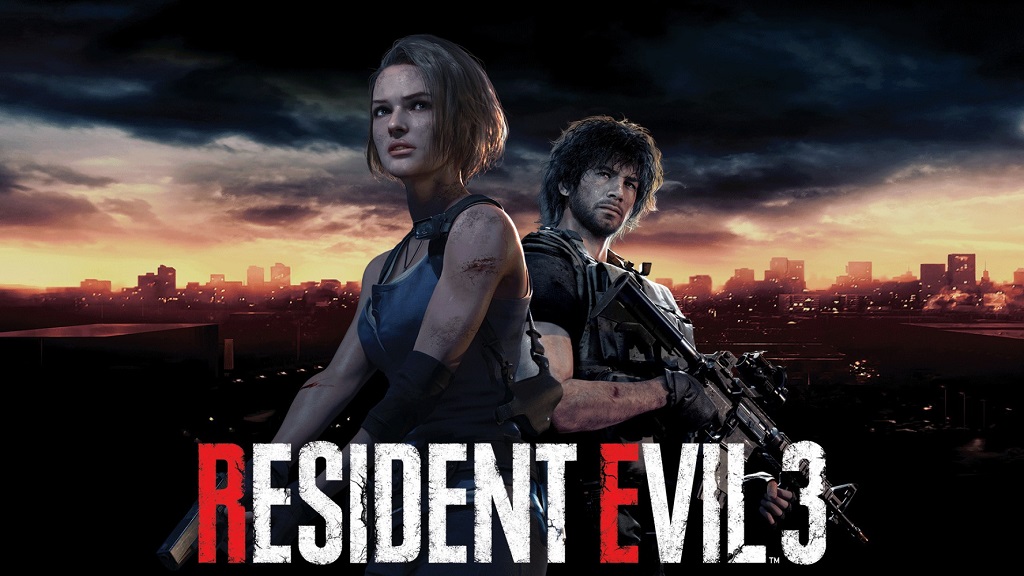
I asked Capcom why the team designed RE4 this way, and a spokesperson said, “The difficulty mode a player completes the game on has ramifications for in-game achievements and trophies.” This doesn’t fully answer the question for me: Plenty of action games have dynamic difficulty settings without disrupting achievements, and this response doesn’t address my perception that Capcom is prioritizing trophy integrity over accessibility.Leon just can’t catch a break as he returns to horror once again in our Resident Evil 4 Remake review. It’s especially confusing as RE4 actively encourages Standard players to try Assisted mode in loading screens and death menus. Permanent downward mode-switching is a standard feature in Resident Evil games, but I find it to be baffling. Then I defeated Méndez the old-fashioned way, on Standard difficulty, and carried on with a newfound fear of accidentally switching to Assisted mode in my soul. I turned off the console’s internet connection, closed the game and then downloaded the old save file from before I switched settings. Luckily, I was on PlayStation 5, which only syncs cloud saves when you exit a game. I played a few more minutes on the lowest difficulty setting, but it truly felt like a different game than the Standard version, devoid of tension or risk. Keep this in mind: Assisted mode is permanent in RE4. Assisted mode makes the game incredibly forgiving, and I easily defeated Méndez in the following run.Īnd then I was unable to change my difficulty settings at all. I generally don’t do this during reviews, but a dozen infuriating attempts later and I relented, pressing OK without reading the fine print. I was playing on Standard, and during my Méndez death screens, the game started prompting me to turn on Assisted mode, the lowest difficulty setting.

I died a few times while trying to defeat Méndez – and that’s when Capcom pranked me. This results in a frustrating boss fight. Méndez seems like a fully remade character here Leon, not so much. Méndez moves quickly and so do the objects he throws, while Leon has a sluggish run ability, no way to quickly dodge, and lethargic animations for reloading, retrieving items, touching fire and knifing enemies. Even though the environment in the remake is larger, it’s cramped with flames that interrupt Leon’s actions any time he touches them. In the remake, Méndez drops back to hurl flaming logs and explosive oil drums at Leon, before rushing forward for close-quarters fighting and alternating these positions a few times.
#Resident evil 4 remake review series
In the original, Méndez slings a repetitive series of attacks from the rafters of a burning slaughterhouse. One boss fight that Capcom reimagined for the remake is against Méndez, the mutant priest with the extra long spine. Leon constantly feels underpowered, unable to evade basic attacks or reliably land a shot. As it stands, the RE4 remake is plagued by sluggish animations and frustrating combat sequences. Capcom’s approach to modernizing RE4 is to add more enemies, cramped environments and fewer ammo drops – all of which could result in a high-tension action experience, if its controls were consistent. These early scenes, set among crooked wooden buildings and the shores of a twisting cave system, establish the game’s blood-soaked tone and provide a satisfying balance of asset management, puzzle solving and modern third-person shooting.Īs the game grows in complexity, it becomes clumsy.


The remake performs well for the first few hours, as Leon shoots and stabs his way through the misty Spanish village where las plagas has transformed the locals into murderous tentacle monsters.

Updated aiming mechanics and a fresh infusion of processing power make this the most exciting version of RE4 Capcom has ever delivered, and Leon Kennedy looks better than ever, even with his new chin implant. The Resident Evil 4 remake starts out strong.


 0 kommentar(er)
0 kommentar(er)
